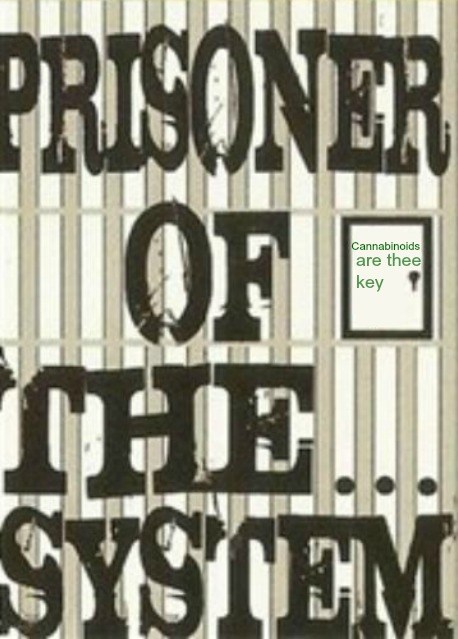Additive effect of rimonabant and citalopram on extracellular serotonin levels monitored with in vivo microdialysis in rat brain.
Source
Department of Pharmacology, University of the Basque Country UPV/EHU and Centro de Investigación Biomédica en Red de Salud Mental, CIBERSAM, Spain; BioCruces Health Research Institute, Spain. Electronic address: jorge.ortega@ehu.es.
Abstract
Current pharmacological therapies for depression, including selective serotonin reuptake inhibitors (SSRI), are far from ideal. The cannabinoid system has been implicated in control of mood and neural processing of emotional information, and the modulation of serotonin (5-HT) release in the synaptic clefts. The aim of the present study was to evaluate whether the combination of a selective SSRI (citalopram) with a selective cannabinoid CB1 receptor antagonist (rimonabant) represents a more effective strategy than the antidepressant alone to enhance serotonergic transmission. For this purpose extracellular 5-HT levels were monitored with microdialysis in forebrain (prefrontal cortex, PFC) and mesencephalic (locus coeruleus, LC) serotonergic terminal areas in freely awake rats. Rimonabant at 10mg/kg, i.p., but not at 3mg/kg i.p. increased 5-HT in both areas. Citalopram at 3, 5 and 10mg/kg i.p. increased 5-HT both in PFC and LC in a dose dependent manner. The effect of citalopram (5mg/kg, i.p.) on 5-HT levels was significantly enhanced by rimonabant at 10mg/kg, i.p. but not at 3mg/kg i.p. in both areas. The present results demonstrate that the cannabinoid CB1 receptor antagonist rimonabant is able to enhance in an additive manner the citalopram-induced increase of 5-HT concentrations in serotonergic terminal areas. The combination of a cannabinoid antagonist and a SSRI may provide a novel strategy to increase 5-HT availability, reducing the dose of SSRIs, and potentially decreasing the time lag for the clinical onset of the antidepressant effect.
Copyright © 2013. Published by Elsevier B.V.
- PMID:
23562616
[PubMed – as supplied by publisher]

http://www.ncbi.nlm.nih.gov/pubmed/23562616

